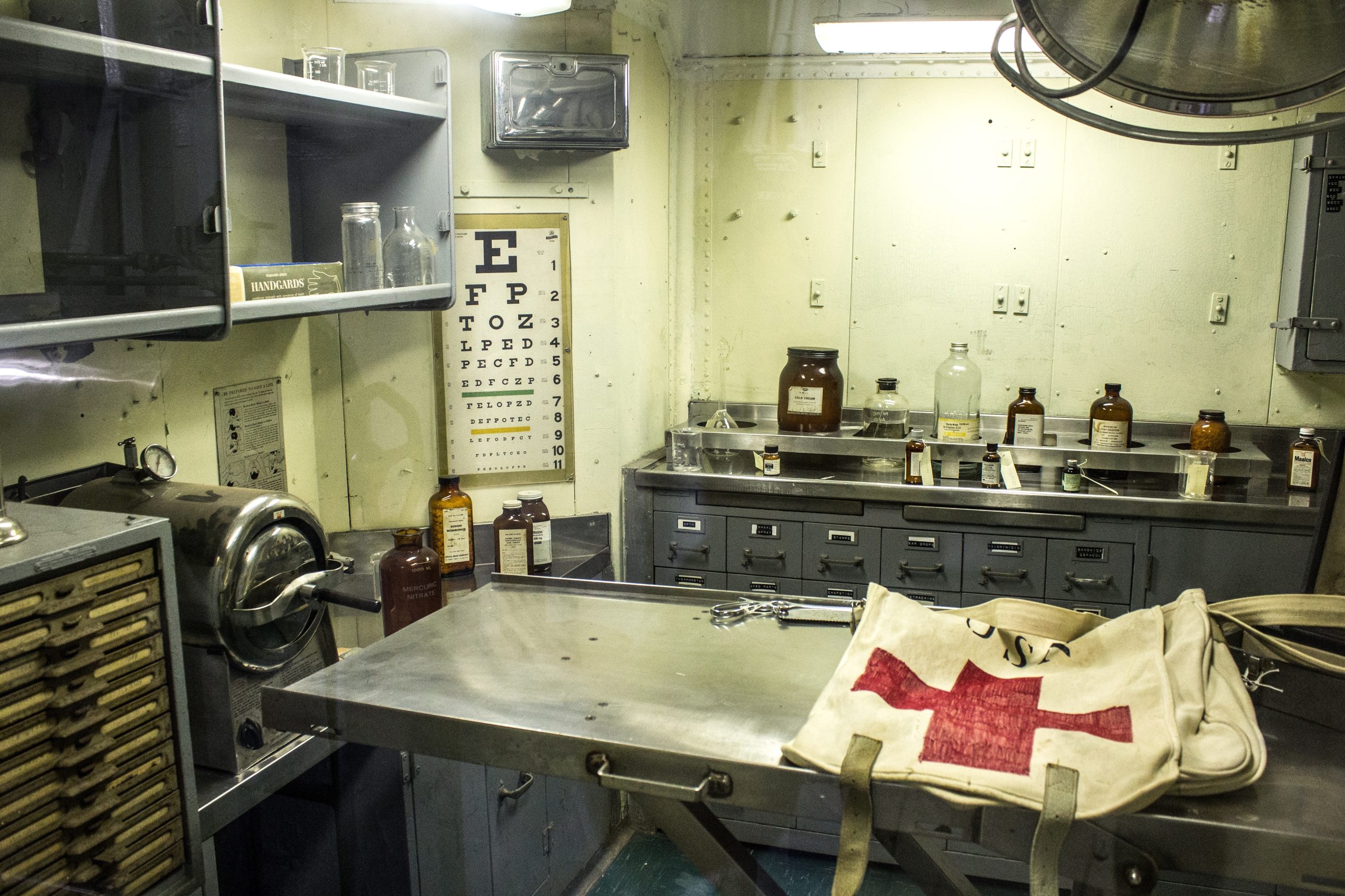 Medical malpractice claims are not always limited to instances during treatment or surgery and may, as one young patient argued, include failures that occur afterward or post-operatively.
Medical malpractice claims are not always limited to instances during treatment or surgery and may, as one young patient argued, include failures that occur afterward or post-operatively.
Justin Thomas, an eighteen-year-old, aspiring armed serviceman, underwent a right shoulder arthroscopy at Lafayette Surgicare to repair his repeated rotator cuff dislocations. The surgery was considered an outpatient procedure that Thomas’s surgeon, Dr. Otis Drew (Dr. Drew), performed beginning just before 9:00 AM on July 1, 2013, and completed around 11:00 AM the same day. Before and after the surgery, Thomas was given significant anesthesia and medication. By 1:50 PM that afternoon, Thomas was discharged into the care of his parents. Less than six hours later, after Thomas’s mom gave him a prescribed dose of oxycodone, he fell unconscious and was unresponsive to Narcan, so an ambulance arrived at Thomas’ parents’ home taking him back to the hospital, where he lay in a coma for five days. As a result, Thomas experienced brain damage and lost the use of the left side of his body.
In May 2016, a medical review board determined that despite Thomas’s injury, the medical staff, including Dr. Drew, met the required standard of care. Nevertheless, three months later, Thomas filed a lawsuit against Dr. Drew, the anesthesiologist, Lafayette Surgicare, Lafayette Surgery Center, and The Regions Health System of Acadiana. His complaint alleged that he was released too early post-operatively and prescribed extensive anesthesia and heavy narcotic medication that induced him into a coma. In response, Dr. Drew filed a summary judgment motion that the trial court, Fifteenth Judicial District Court Parish of Lafayette, granted, dismissing Thomas’s claims. Thomas appealed to Louisiana’s Third Circuit Court of Appeals (Third Circuit), arguing that the trial court erred in finding that his expert affidavit was inadmissible and did not create a genuine issue of material fact.
 Insurance Dispute Lawyer Blog
Insurance Dispute Lawyer Blog


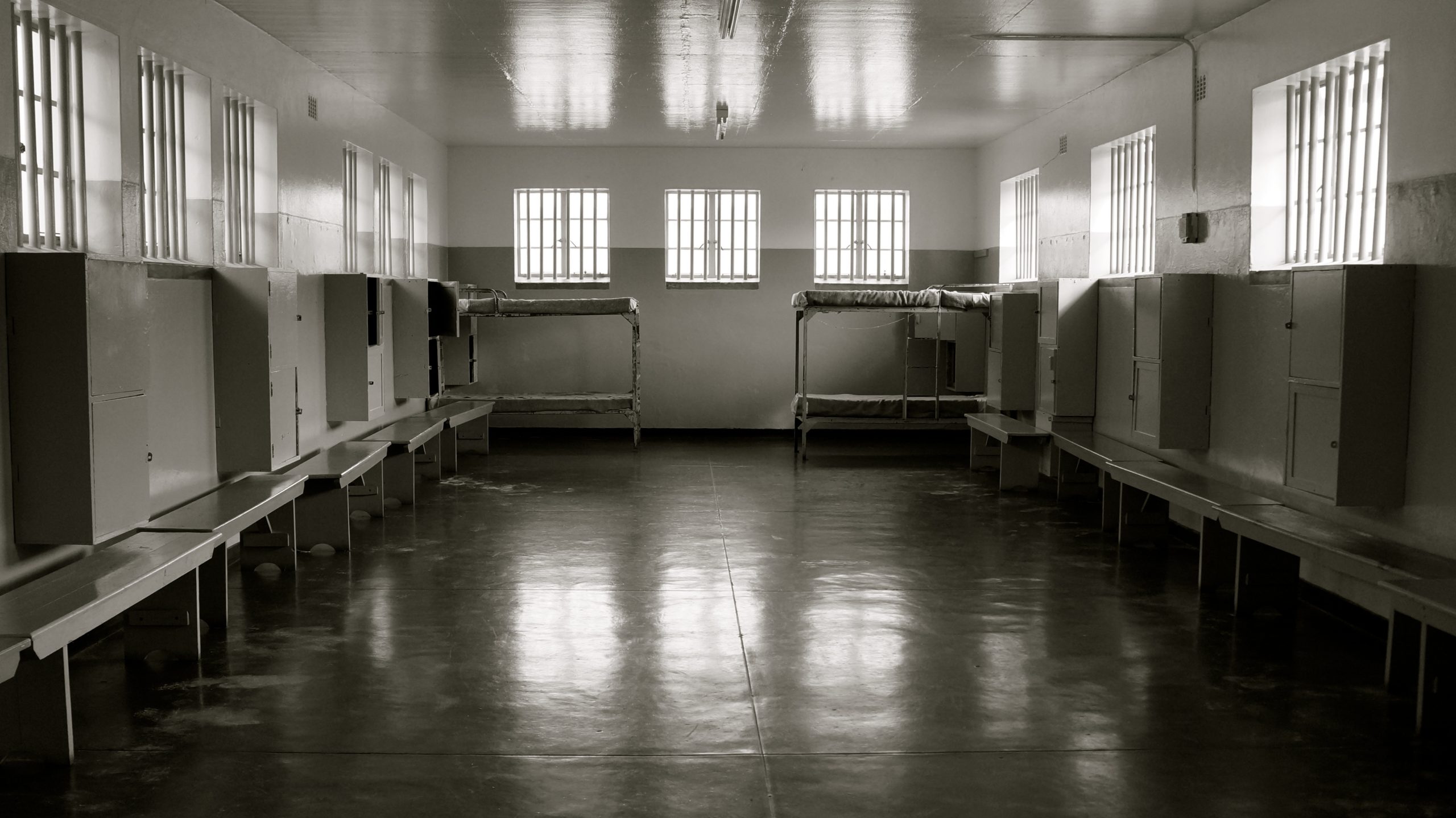 The burden of proof lies heavily on claimants to establish the elements of the claim they bring forward. Failing to do so can result in the dismissal of the charge. In the case of George Preston, a prisoner in a Louisiana jail, his complaint against Lieutenant Hicks and four state correctional officers for excessive use of force highlights the importance of meeting the requirements to substantiate a claim. Analyzing the alleged violation of Preston’s Eighth Amendment rights, the court carefully considered the evidence and ultimately decided to dismiss some claims while allowing others to proceed.
The burden of proof lies heavily on claimants to establish the elements of the claim they bring forward. Failing to do so can result in the dismissal of the charge. In the case of George Preston, a prisoner in a Louisiana jail, his complaint against Lieutenant Hicks and four state correctional officers for excessive use of force highlights the importance of meeting the requirements to substantiate a claim. Analyzing the alleged violation of Preston’s Eighth Amendment rights, the court carefully considered the evidence and ultimately decided to dismiss some claims while allowing others to proceed.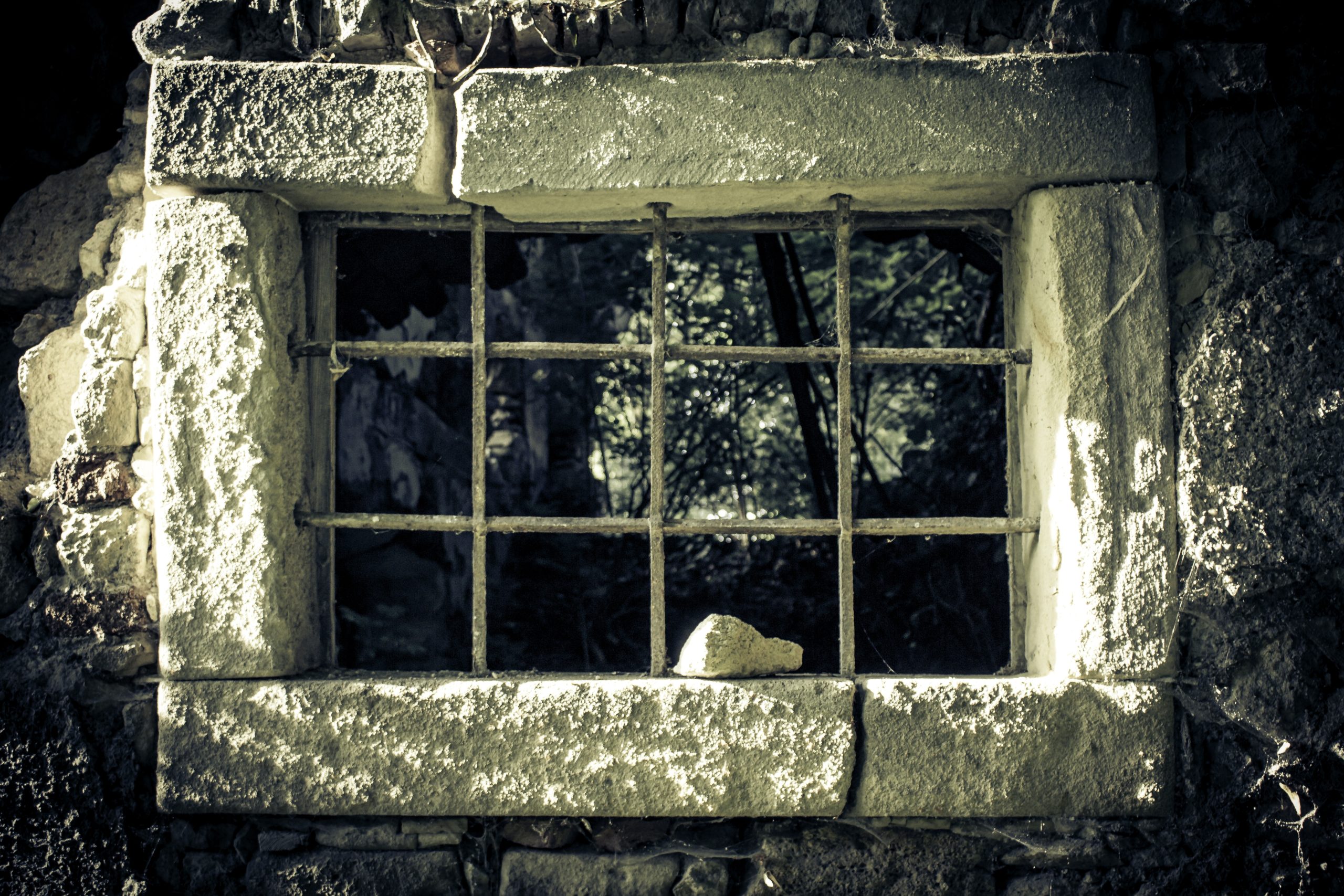 When a prison official fails to provide necessary medical care to an inmate, legal action may be pursued against the individual. However, claiming deliberate indifference to an inmate’s serious medical needs requires meeting specific criteria. As exemplified by the case below, these factors are crucial in preventing individuals from bringing frivolous claims against government officials, ensuring that legitimate cases receive the attention they deserve.
When a prison official fails to provide necessary medical care to an inmate, legal action may be pursued against the individual. However, claiming deliberate indifference to an inmate’s serious medical needs requires meeting specific criteria. As exemplified by the case below, these factors are crucial in preventing individuals from bringing frivolous claims against government officials, ensuring that legitimate cases receive the attention they deserve. Workplace accidents can strike unexpectedly, leaving individuals injured and grappling with the complex question of who bears responsibility. However, when such accidents involve heavy machinery and contractual relationships, determining fault can become even more challenging. In the case of Clark Nixon, a dump truck driver at Terrebonne Levee & Conservation District (TLCD), the lines blurred further when an incident unfolded on the job site. As Nixon seeks justice for his injuries, the lawsuit shines a light on the intricate interplay of liability, contractual obligations, and the need for skilled legal representation to recover medical costs and hold those at fault accountable.
Workplace accidents can strike unexpectedly, leaving individuals injured and grappling with the complex question of who bears responsibility. However, when such accidents involve heavy machinery and contractual relationships, determining fault can become even more challenging. In the case of Clark Nixon, a dump truck driver at Terrebonne Levee & Conservation District (TLCD), the lines blurred further when an incident unfolded on the job site. As Nixon seeks justice for his injuries, the lawsuit shines a light on the intricate interplay of liability, contractual obligations, and the need for skilled legal representation to recover medical costs and hold those at fault accountable. The story of an underdog seeking justice against a powerful corporation is a familiar legal narrative. And while we may be inclined to root for the little guy, that does not relieve him from proving he has a valid case.
The story of an underdog seeking justice against a powerful corporation is a familiar legal narrative. And while we may be inclined to root for the little guy, that does not relieve him from proving he has a valid case. When it comes to personal injury claims resulting from slips, trips, or falls, the concept of open and obvious defects plays a significant role. Failing to act reasonably or being harmed by an apparent defect may hinder your ability to recover compensation for your injuries. This case exemplifies the importance of these factors in determining liability.
When it comes to personal injury claims resulting from slips, trips, or falls, the concept of open and obvious defects plays a significant role. Failing to act reasonably or being harmed by an apparent defect may hinder your ability to recover compensation for your injuries. This case exemplifies the importance of these factors in determining liability.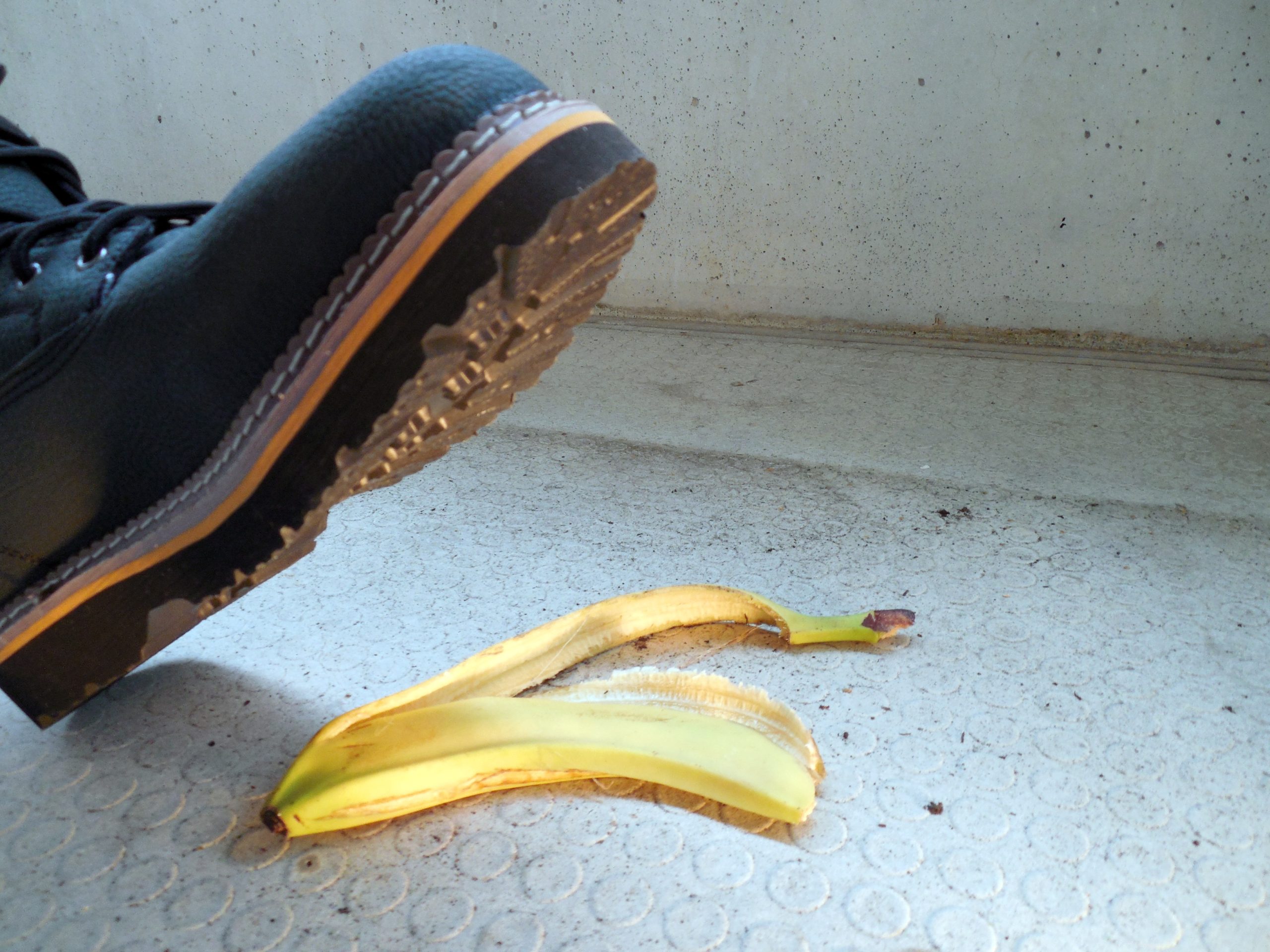 When you make a quick run to the store, the last thing you expect is to be injured while shopping. If you slip and fall at a store, you might expect the store to be responsible for any injuries you might have suffered. However, Louisiana law requires that a store have actual or constructive knowledge of the hazardous condition to be held liable. Therefore, if you are considering filing a lawsuit against a store for a slip-and-fall accident, it is essential to provide evidence of the store’s knowledge so your claim does not get dismissed.
When you make a quick run to the store, the last thing you expect is to be injured while shopping. If you slip and fall at a store, you might expect the store to be responsible for any injuries you might have suffered. However, Louisiana law requires that a store have actual or constructive knowledge of the hazardous condition to be held liable. Therefore, if you are considering filing a lawsuit against a store for a slip-and-fall accident, it is essential to provide evidence of the store’s knowledge so your claim does not get dismissed. 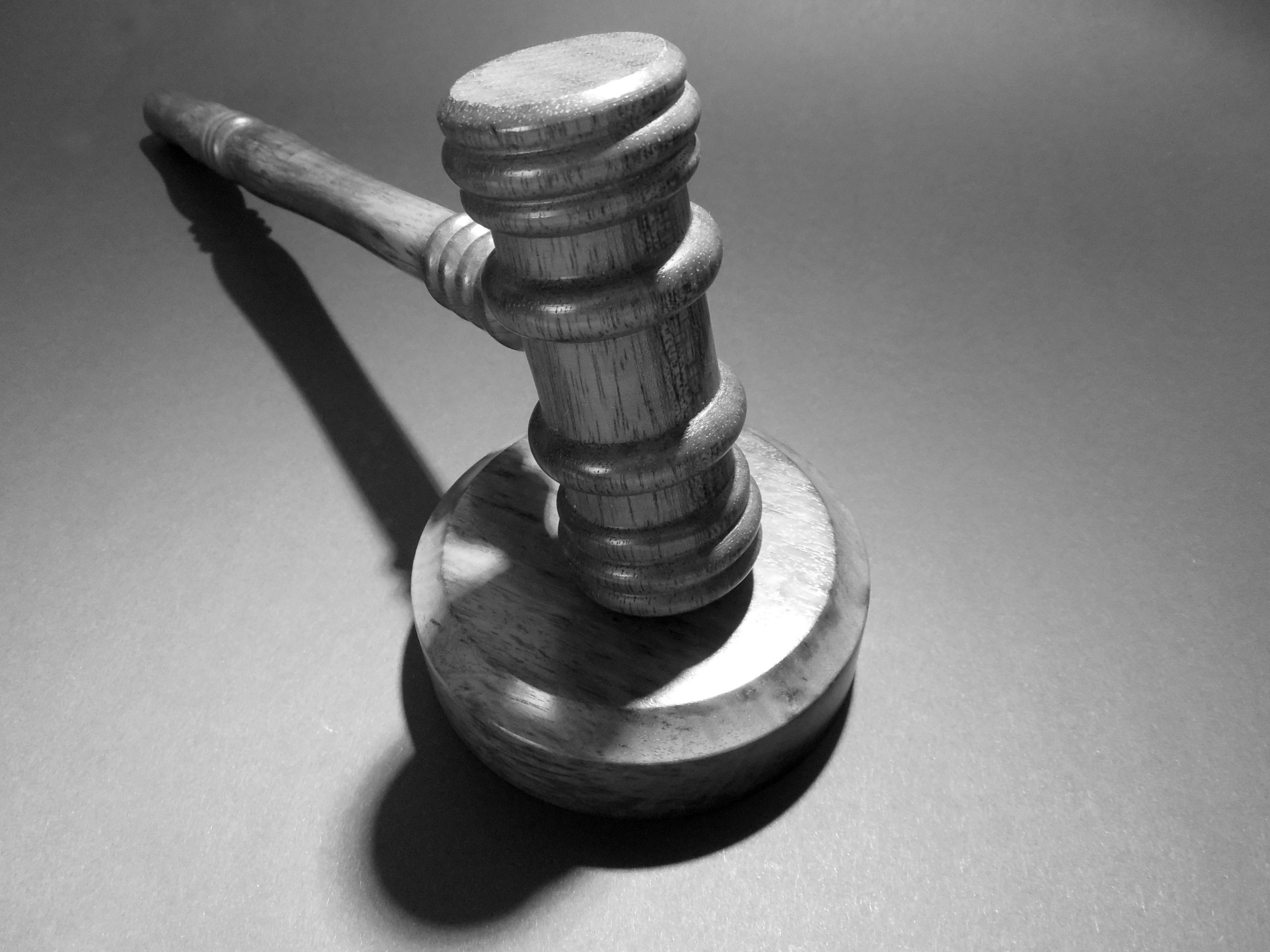 When considering a legal malpractice claim, it is crucial to understand that proving your attorneys’ negligence alone is insufficient. To establish the merit of such a claim, you must demonstrate an underlying loss resulting from their negligence. This requires presenting compelling evidence that your original claim would have been successful had your attorneys not been negligent. The case of Shawn Cupit, who pursued a wrongful death lawsuit, highlights the significance of providing admissible evidence and the challenges involved in proving a legal malpractice case.
When considering a legal malpractice claim, it is crucial to understand that proving your attorneys’ negligence alone is insufficient. To establish the merit of such a claim, you must demonstrate an underlying loss resulting from their negligence. This requires presenting compelling evidence that your original claim would have been successful had your attorneys not been negligent. The case of Shawn Cupit, who pursued a wrongful death lawsuit, highlights the significance of providing admissible evidence and the challenges involved in proving a legal malpractice case. Imagine attending a routine medical appointment at your local doctor’s office. You enter the premises expecting a standard check-up, but unexpectedly, you trip over a defective threshold and fall onto a hard terrazzo floor. This unsettling scenario is precisely what Lois J. Tate encountered in their accident, sparking a personal injury action against Touro Infirmary and Louisiana Children’s Medical Center. The Louisiana Fourth Circuit Court of Appeal affirmed the Trial Court’s decision to grant summary judgment in favor of the defendants, Touro Infirmary, and Louisiana Children’s Medical Center.
Imagine attending a routine medical appointment at your local doctor’s office. You enter the premises expecting a standard check-up, but unexpectedly, you trip over a defective threshold and fall onto a hard terrazzo floor. This unsettling scenario is precisely what Lois J. Tate encountered in their accident, sparking a personal injury action against Touro Infirmary and Louisiana Children’s Medical Center. The Louisiana Fourth Circuit Court of Appeal affirmed the Trial Court’s decision to grant summary judgment in favor of the defendants, Touro Infirmary, and Louisiana Children’s Medical Center.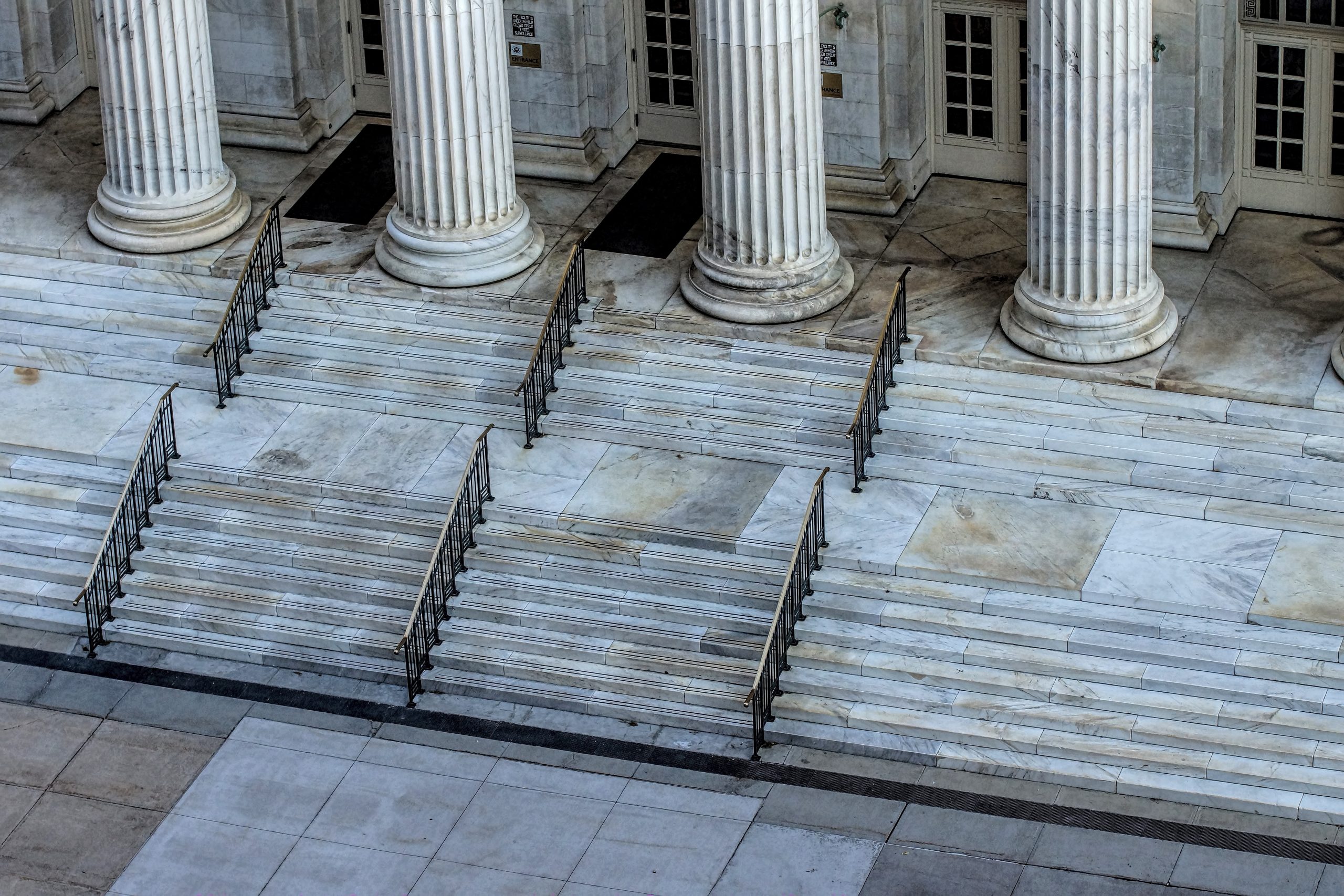 If you are involved with a lawsuit, you probably imagine your day in court involving a jury listening to the evidence and rendering a decision. After all, the US Constitution protects our right to a trial by jury. But what happens if the court issues a notice scheduling your trial to be heard in front of a judge instead of a jury?
If you are involved with a lawsuit, you probably imagine your day in court involving a jury listening to the evidence and rendering a decision. After all, the US Constitution protects our right to a trial by jury. But what happens if the court issues a notice scheduling your trial to be heard in front of a judge instead of a jury?